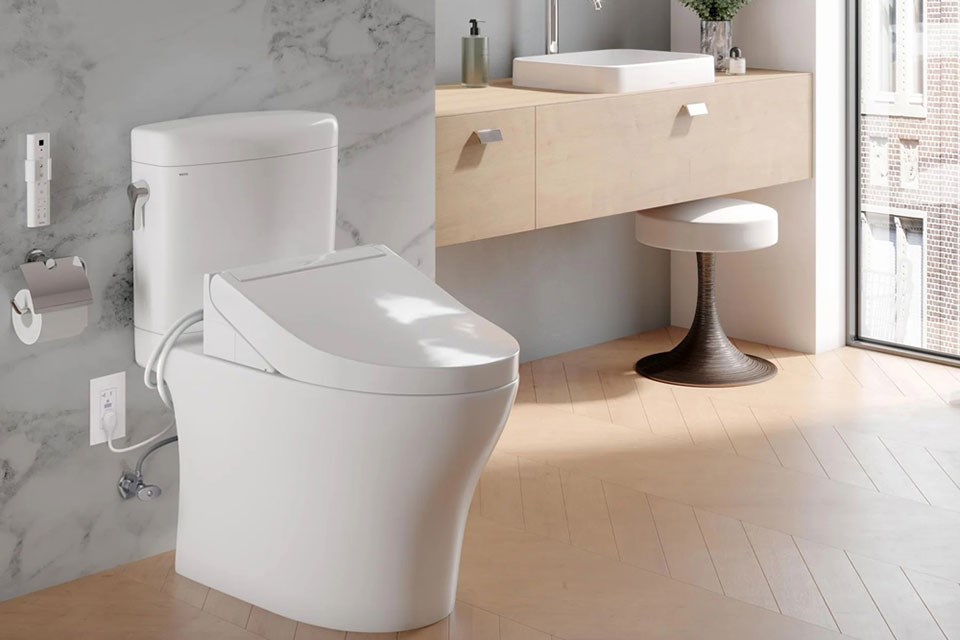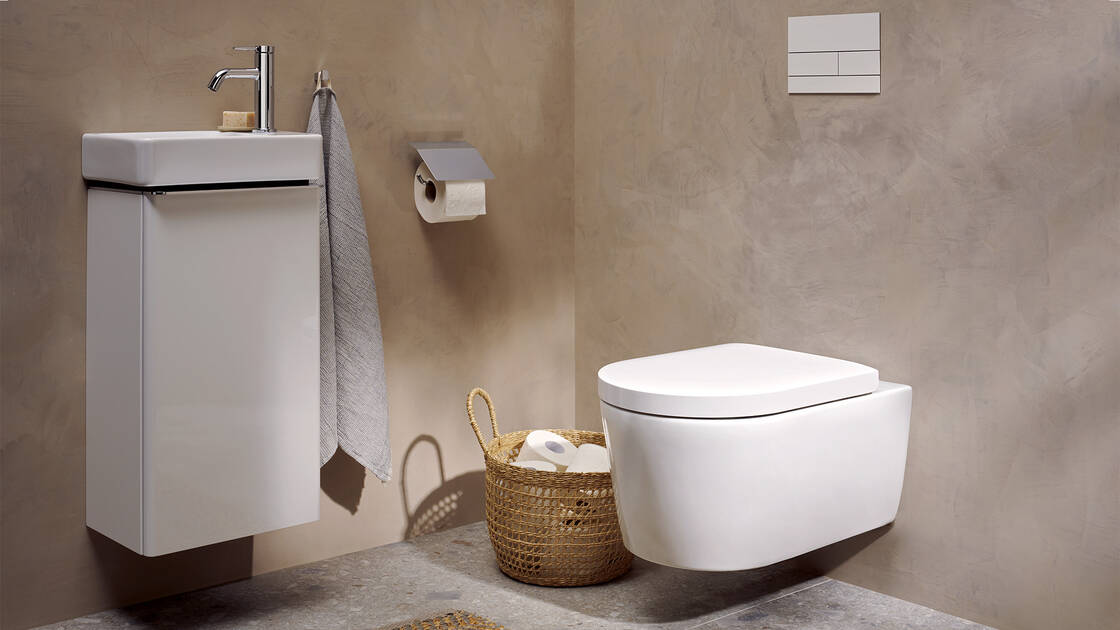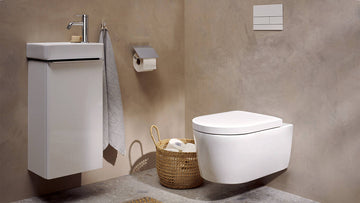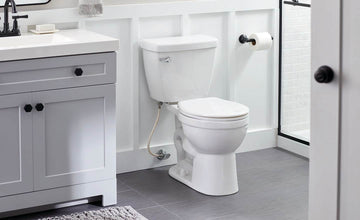In an era where technology is seamlessly integrating into various facets of life, the concept of public toilet smart monitoring emerges as a groundbreaking innovation. As we strive for increased efficiency and hygiene, this technology promises to revolutionize how we perceive and maintain public sanitation facilities. Understanding its significance is crucial, especially for professionals in the Industry QA sector, who are tasked with ensuring quality and standards.

The Rise of Smart Monitoring in Public Facilities
The traditional approach to maintaining public toilets often involves routine checks and manual cleaning schedules. However, this method can be inefficient, leading to either over-cleaning or neglect. With public toilet smart monitoring, facilities are equipped with sensors and IoT devices that provide real-time data on toilet usage, cleanliness, and even supply levels of essentials like toilet paper and soap. This data-driven approach ensures that maintenance is performed exactly when needed, optimizing resources and enhancing user satisfaction.
Moreover, smart systems can send alerts to maintenance staff when supplies run low or when cleanliness falls below acceptable standards. This proactive system not only maintains hygiene but also significantly reduces maintenance costs and enhances the overall user experience. For more insights, visit innovations in water-efficient toilets.
Key Benefits of Smart Monitoring Systems
1. Enhanced Hygiene and Cleanliness
One of the primary advantages of implementing smart monitoring in public toilets is the enhancement of hygiene. By continuously monitoring the environment, these systems ensure that cleaning is performed as soon as it's necessary, rather than at predetermined intervals. This dynamic approach helps maintain a consistently clean environment, reducing the risk of infections and improving public health.
2. Resource Optimization
Smart monitoring systems enable facilities to optimize resources by providing data-driven insights. Maintenance teams can allocate their efforts more efficiently, focusing on areas needing immediate attention. This approach not only saves time and labor costs but also reduces wastage of cleaning materials and supplies.
3. Improved User Experience
In today's fast-paced world, users expect public facilities to be clean, functional, and well-stocked at all times. Smart monitoring ensures that these expectations are met by providing real-time updates and prompt maintenance. This technology-driven approach enhances user satisfaction and encourages repeat visits, particularly in commercial areas such as malls and airports.
For comprehensive guidance on creating a smart and efficient bathroom space, explore the smart bathroom renovation checklist.
Technological Innovations Driving Smart Monitoring
The integration of IoT (Internet of Things) technology plays a pivotal role in revolutionizing public toilet management. IoT devices equipped with sensors can monitor factors such as foot traffic, humidity, and odor levels. This data is then analyzed to generate actionable insights, allowing for timely interventions.
Additionally, some advanced systems incorporate AI (Artificial Intelligence) to predict usage patterns and adjust maintenance schedules accordingly. This predictive capability minimizes downtime and ensures that facilities are always operational and well-maintained. To learn more about intelligent toilet solutions, visit Horow smart toilet innovations.
Challenges and Considerations
While the benefits of public toilet smart monitoring are apparent, there are challenges and considerations to address. Privacy concerns are paramount, as sensors and cameras could potentially infringe on user privacy. It is essential to implement robust data protection measures and ensure transparency about the data being collected and its usage.
Furthermore, the initial cost of implementing smart monitoring systems can be high. However, it is important to consider the long-term savings in maintenance and resource allocation. Decision-makers must weigh the upfront investment against the potential for improved efficiency and user satisfaction.
Future Perspectives and Industry Impact
As technology continues to evolve, the future of public toilet smart monitoring looks promising. With advancements in AI and IoT, these systems will become even more sophisticated, offering enhanced features such as automated cleaning and maintenance scheduling. The impact on the Industry QA sector will be significant, as professionals will need to adapt to new standards and practices.
In conclusion, adopting smart monitoring systems in public toilets is not just a trend but a necessity for ensuring hygiene, efficiency, and user satisfaction. As the industry moves towards a more data-driven approach, embracing these innovations will be crucial for staying competitive and maintaining high standards of quality. To explore alternative solutions for bathroom cleanliness, consider reading about innovative toilet paper alternatives.

FAQ
1. How does smart monitoring improve public toilet hygiene?
Smart monitoring uses sensors to provide real-time data on toilet usage and cleanliness, ensuring timely maintenance and enhanced hygiene.
2. Are there privacy concerns with smart monitoring systems?
Yes, privacy concerns exist, but they can be mitigated with robust data protection measures and transparency about data usage.
3. What are the long-term benefits of implementing smart monitoring?
Long-term benefits include improved hygiene, optimized resource usage, reduced maintenance costs, and enhanced user satisfaction.
This article contains affiliate links. We may earn a commission at no extra cost to you.





